This article explains how to overwinter medaka. If you want to know the correct wintering and hibernation methods, please read until the end.
Not Feeding Medaka is Key for Overwintering
To begin with the conclusion, overwintering medaka can be successful by paying attention to the following three points:
Ensure the water depth is deep (at least 15 cm is ideal)
Cover the container if it snows
As long as you follow these three points, overwintering medaka is usually successful. Medaka are creatures that live in Japan and are very resilient to both heat and cold, so they will rarely die as long as they do not freeze completely. Therefore, if you are overwintering medaka outdoors, the key is to prevent them from freezing.
How to Overwinter Medaka Outdoors
First, let’s explain how to overwinter medaka outdoors.
When to Start Preparing for Overwintering?
If you are keeping medaka outdoors, you might wonder when to start preparing them for overwintering. The timing can vary depending on the keeper, but generally, many people start preparing for hibernation when the water temperature drops below 15°C to 10°C.
Even at Tokyo’s largest medaka shop, Horikiri Medaka, they stop feeding when the temperature drops below 15°C.
In reality, many medaka will still eat below 15°C, but their activity clearly slows down, so it is okay to stop feeding them. When the temperature drops below 10°C, medaka hardly move and enter a hibernation state.
Therefore, many people start preparing for overwintering when the water temperature is between 15°C and 10°C.
Prepare a Deep Water Container
Medaka will not die just because the water temperature drops, as they enter a hibernation state. However, if the water freezes and medaka get trapped in the ice, they will die. Therefore, you need to keep the water depth deep enough to prevent freezing. Unless you live in the northern regions of Tohoku or beyond, the entire container rarely freezes if the bottom is deep. Keeping the water depth at least 15 cm usually prevents medaka from freezing to death.
However, medaka that are poor swimmers, like Daruma medaka, may not be able to dive to the bottom and could freeze. Also, weaker individuals might die if overwintered outdoors, so if you are keeping hundreds of medaka, it is unlikely that all will survive.
Do Not Feed
It is best not to feed medaka during overwintering. However, during the winter, the temperature can be high during the day, and medaka might be active. Even if they appear active, it is better not to feed them. This is because the temperature often drops at night, and if medaka enter a hibernation state with food in their stomachs, they might suffer from digestive problems and die. Therefore, it is best not to feed them during overwintering. Outdoors, there is a natural occurrence of plankton, so the risk of starvation is low. If you are concerned, adding PSB is recommended.
Cover if It Snows
If it snows heavily, it is best to cover the container to prevent the water temperature from dropping drastically. A sudden temperature change can be harmful. If heavy snow is forecast, it is advisable to cover the container with a bamboo screen as you would in summer.
Add Persimmon Leaves, Straw, or Aquatic Plants
Since medaka hardly move during overwintering, adding hiding places such as persimmon leaves, straw, or aquatic plants can be beneficial. However, overwintering is possible even without these.
Is Overwintering Necessary for Indoor Medaka?
Is it necessary to overwinter medaka kept indoors? If the indoor temperature does not drop below 15°C, it is fine to continue regular care without overwintering. However, since they eat less during winter, it is best to reduce the food to about half of what you feed in summer.
Nevertheless, to avoid temperature fluctuations, it is recommended to use a heater to maintain a stable temperature if overwintering medaka indoors.
When Should Medaka Finish Overwintering?
When should you stop overwintering medaka? It should be until the water temperature rises above 15°C, around March to April. As the temperature rises, medaka will naturally become active. Once they start swimming energetically, you can start feeding them again.
Can Fry Overwinter?
Medaka fry cannot overwinter. Particularly, newly hatched fry are weak against low temperatures and will not thrive below 15°C. Therefore, it is best to keep fry born in late autumn to early winter indoors.
On the other hand, juvenile medaka that have grown to about 1 cm in size rarely die even below 15°C. Juvenile medaka, from the end of the fry stage to the young fish stage (about 1.5 to 2 cm), can overwinter outdoors even in midwinter.
Conclusion
Overwintering medaka is simple. By providing a deep water container and not feeding them, they are unlikely to die. However, weaker individuals may not survive, so if you want to ensure all medaka survive, it is best to overwinter them indoors.
“`
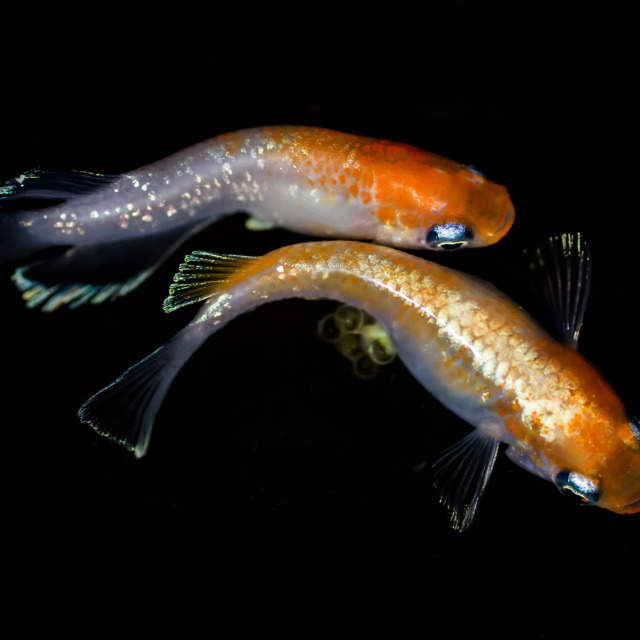

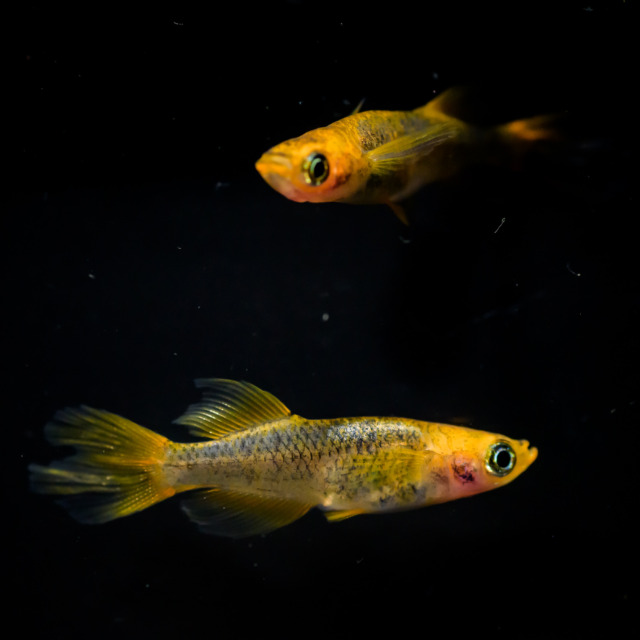

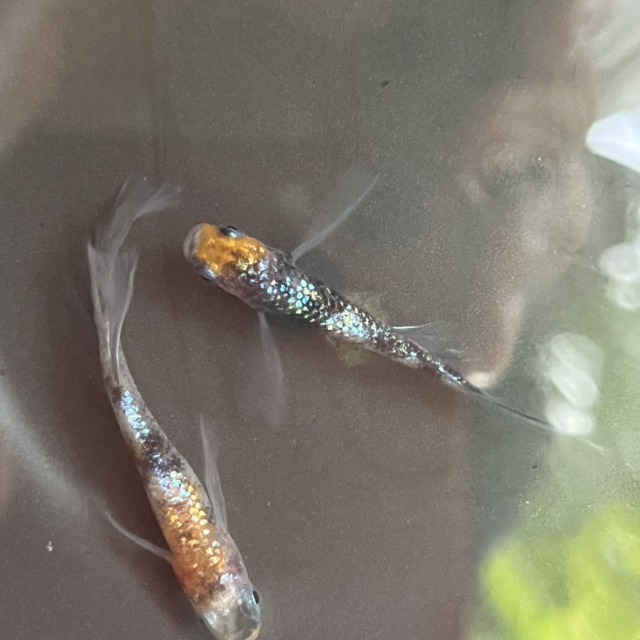
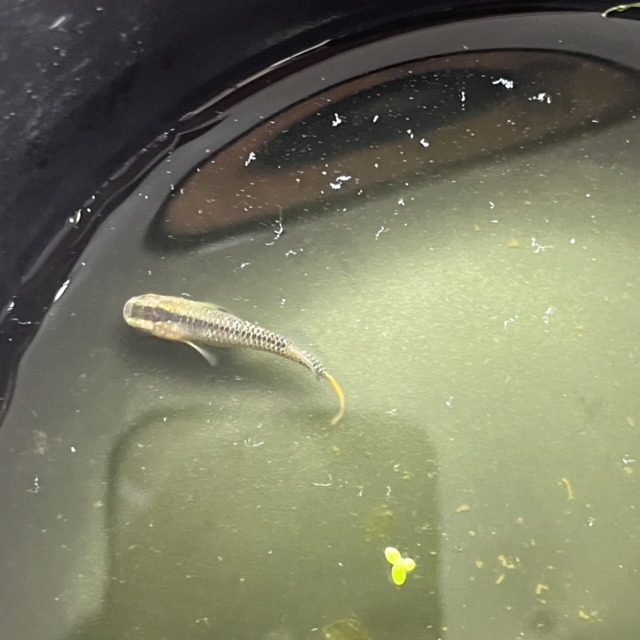
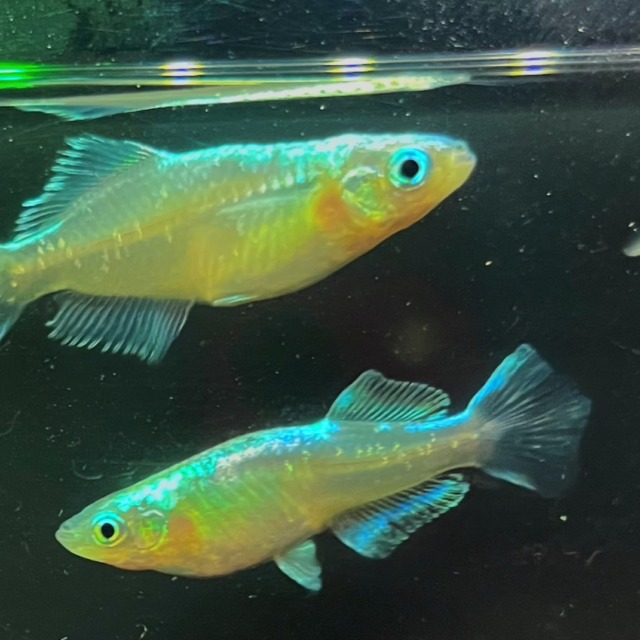
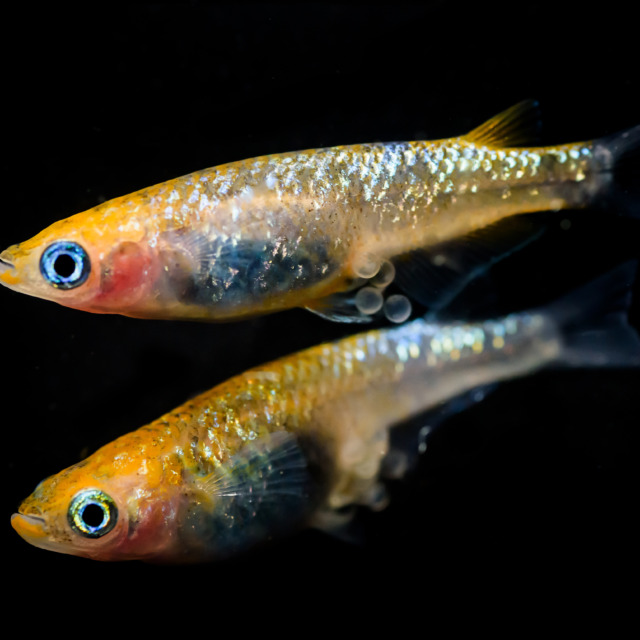


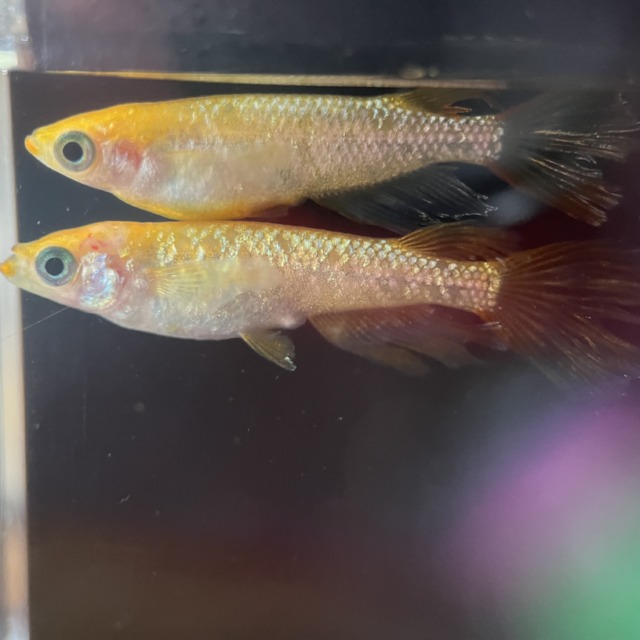


No comments yet.